These are the
Latinx Writers in alphabetical order that Cinco Puntos
Press has published:
DanielAcosta, Rudolfo
Anaya (two books), Marcos
Bretόn and José Luis Villegas, Luis
Humberto Crosthwaite (three books),
David Bowles (three books), PhillipeDiederich
(two books), Xavier
Garza (six books), Dagoberto Gilb, XelenaGonzález
and Adriana
M. Garcia (two books), José
Lozano (two books), SubcomandanteMarcos
(two books), Claudia
Guadalupe Martinez (two books), Elena
Poniatowska(two books), Rene
S. Perez II, Isabel
Quintero, Artemio
Rodríguez, David
DoradoRomo. Benjamin
Alire Saenz (eight books), Joseph
Somoza (two books), PacoIgnacio
Taibo II, Sergio
Troncoso, Luis
Alberto Urrea (four books), Luis
San Vicente, Désirée
Zamorano, Sylvia
Zéleny. This list does not include the long list
of incredibly talented Latinx artists and illustrators
with whom we’ve worked.
From our
offices in El Paso—a fifteen minute walk to the
Mexican-American border and la Ciudad Juárez—we’ve
been watching the #AmericanDirt brouhaha with bemused
but intense interest. For one thing, the controversy
certainly authenticates what we’ve been doing for
the last thirty-five years—publishing relevant books
from Latinx and other communities. These
books―windows and mirrors—speak.
The controversy revives memories and questions of how
we became publishers in El Paso at the very edge of
the literal political border between American dirt and
Mexican dirt, the very edge of the American psyche.
Lee is a novelist and short story writer, and I am a
poet. Simply put, in the early 1980s we were not happy
with what we were doing to make a living, and perhaps
unconsciously we wanted a path into literature and
books. With the encouragement of our good friend Joe
Hayes, we decided to become a book publisher. It was a
crazy notion, stupid even, although we didn’t know
it at the time. We were hungry for something real. We
named our company Cinco Puntos because it reflected
our Five Points neighborhood and the bilingual,
bicultural and binational neighborhood where we live.
We didn’t know what we were doing, and we did
everything on the cheap. Still, we were very lucky.
And we have very good friends. Our first three books
were Joseph Somoza’s Backyard
Poems, Dagoberto Gilb’s story collection Winners
on the Pass Line, and Joe Hayes’ bilingual
storybook La
Llorona, The Weeping Woman. Our friend the graphic
designer Vicki Trego Hill lived down the street. She
designed all three books, creating the covers for
Backyard Poems and Winners, and doing all the
narrative illustrations in La Llorona. Those three
books, in their own way, foreshadowed our coming
history. We learned pretty quickly that Independent
Publishing—the way we do it anyway, from the ground
up―is an organic process. Like writing poems or
stories, it’s an act of self-discovery. We begin
with what we know, what we learn, the everyday, the
people, the languages, our neighborhood and friends,
and as our vision grows toward other places,
countries, languages, and stories, it’s always
suffused with that initial precept. This is our
DNA.
“The path has its own intelligence,” as Joy Harjo
reminded me once.
So, yes, we are delighted that Lxs Comandantes de #DignidadLiteraria
won a major battle against the Big Five Bullies (there
used to be six, etcetera) from New York City. Their
victory speaks to something embedded deep in our
history. It brings national attention to our writers
and our books. It emboldens us as publishers. But on
the other hand, we are not looking forward to those
guys jumping the fence in their fancy suits and trying
to imitate what we do. Lucky for us, we’ve had long
experience playing the David and Goliath game. We are
reloading our slingshots.
I’ve not read American
Dirt. I’m semi-retired now, and I don’t want
to read it. I’ve got other things to do. Still,
because the controversy is more interesting to me than
the book, I’ve read a number of detailed articles
and comments about the book from my own
gate-keepers―readers and writers (friends and
acquaintances, folks I trust) with deep personal and
intellectual roots that burrow deep into the border
and the Mexican experience.
Thus, I’ve been thinking that an Indie Publisher
with a long history of publishing Latinx writers needs
to jump into the fray. Doing so, I must state from the
beginning that this commentary is purely hypothetical.
Jeannine Cummings nor her agent would never have
considered an independent publishing company based in
El Paso, no matter how successful we are.
Cinco Puntos would not have published a book like
Jeannine Cummins’ American
Dirt. The manuscript
would not have made it through our editorial
gauntlet. Lee Byrd is our editor-in-chief. She asks
that anyone submitting a manuscript first call her for
a quick conversation. Because we live on the border,
we’ve learned to be very sensitive to manuscripts
about the border or Mexico coming from outside this
experience. So many times the writing tends to be
inaccurate and superficial. In Cummins case, Lee would
have asked, What is your connection to this story? Is
this simply research or do you have a deep personal
connection to the people you are writing about?
The book probably would have passed this first test.
The author would have told Lee about her years of
research and her travels, her Puerto Rican roots on
her grandmother’s side. Lee would have asked for,
and received, the first ten pages of the manuscript,
and, because Cummins is a good writer with a solid
track record, Lee more than likely would have asked
for the whole manuscript. That’s where the real
trouble would have begun.
Lee is a well respected editor nationally. Cinco
Puntos Press titles have won awards in a wide range of
categories in adult, young adult and children’s
book. Writers appreciate how she has helped shape
their work. She enjoys well-wrought sentences and
paragraphs, she gets excited about surprising words
and phrases, she loves good and deeply felt writing.
She loves a good story. She’s a great believer in
craft and voice. But her great asset as an editor is
that she reads from a place of innocence and
not-knowing. She wants the writer to show her, to
teach her, to move her. If she has questions about
points of authenticity, she’ll ask the writer,
she’ll ask me, she’ll do some research, she’ll
call friends for their comments. Then she enlists more
readers. Indeed, some of the readers Lee may have
enlisted are writers who are leaders in the #DignidadLiteraria
protests. The manuscript would not ring true. It would
ultimately have been a quandary: why is a woman from
Brooklyn writing about immigrants? We would have
decided not to publish. This is just not the sort of
story we could get behind. Lee would have written the
author a nice letter, congratulated her on her good
writing, thanked her for the submission and wished the
book well.
Yes, yes, we’re no dummies. We would never have
received this manuscript. My feeling is that this
book―no matter the author’s original
intentions―was auctioned and purchased, then
edited, rewritten and “positioned” to make money.
Lots of money. Flatiron Books had dialed in the
formula for the NYT Best Seller List, and had Oprah
and movie contracts in their sights from the
beginning. The generic “American Reader” was
identified. Checking for authenticity was sacrificed
in favor of sales. Sales teams started hyping
“product”, not books. That level of book
publishing is about back-scratching connections and
lots of money. That’s how a three-day bidding war
among the biggies goes up to seven figures in the
first place.
Our editorial process has evolved from thirty-five
years of experience of publishing books on the
U.S./Mexico Border. We tell people that being in El
Paso is both our chief weakness and our chief
strength. We are not from New York City, Los Angeles,
Minneapolis, Chicago, and Boston, the major media
centers. Without too much fuss, our colleagues in
those cities can meet up and talk to reviewers from
the major national newspapers, they even see each
other at parties and on the subway. Not us, we’ve
learned over the years to scream and shout to show off
our books, to perfect our guerilla and social media
advertising, and always, like Ringo Starr reminded us
so long ago, to ask for a little bit of help from our
friends. Our very good friends.
Cinco Puntos is a for-profit family owned corporation.
Independent publishing is a difficult and financially
tortuous adventure. A fragile business to be sure. The
publishing highway is littered with the bones of
wonderful publishing houses like ours. We’re always
scratching around for new sources of revenue, new
avenues to sell our books. We’ve been lucky. We have
a wonderful and devoted staff who understand what we
do. We’re distributed nationally by the good people
at Consortium Sales and Distribution in Minneapolis.
But most wonderful, writers and illustrators trust us
with their work.
When reporters ask us, “Why do you say that El Paso
your chief strength?”, I tell them this story. A
number of years ago Jim Sitter, then the Executive
Director of the Community of Literary Magazines and
Presses, spent an hour or so explaining to me why CPP
should become a non-profit organization. He almost had
me convinced. I was ready. I was about to ask him what
lawyers we should contact. “But you know,” he
said, “if maybe Santa Fe, someplace with donors with
deep pockets.”

I
laughed out loud. No, no, no. El Paso is where we
live. It’s in our blood. The city has become a
primary lens through which we see the world. It’s
75-80% Mexican-American and Mexican. Juárez, a city
of at least a million is right across
the border. Major corporations have figured out
the cultural significance of this huge binational
community years ago. It’s why they test their
products and advertising here. In so many ways, El
Paso—for good or bad―is a snapshot of the
future. If we moved, we’d dry up and blow away in
the next storm.
So for us, it’s obvious that publishing a book like American
Dirt is just not what we do. It would be
disingenuous at best. We would have lost faith with
our community of readers, both here along the border
and throughout the country. This is who we are. We are
at home on the border. This is our American dirt.
Please buy books from, and continue to support,
Independent Presses.

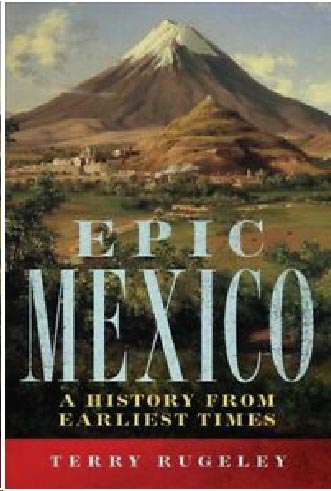
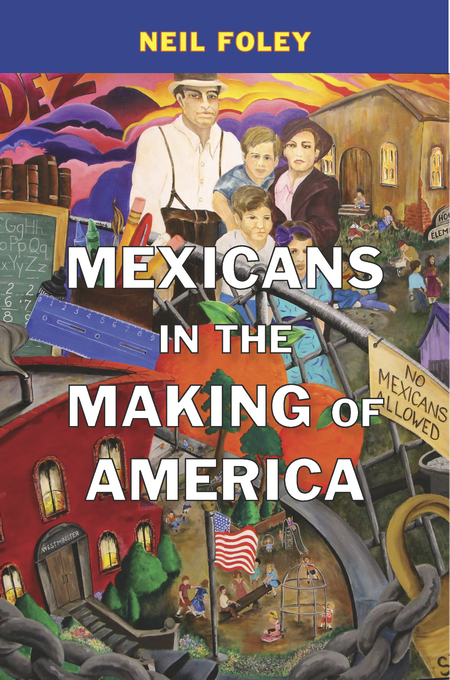
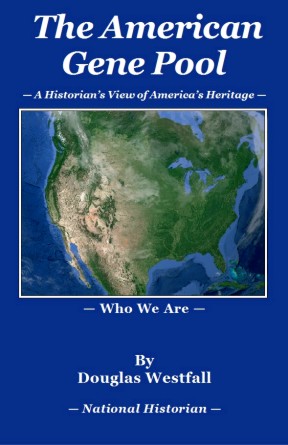 This is the story of America's history as
related in the genealogy of today. It explores the types of
people who came here, their blood types, names and religions - all of
which affected the people who are here in America today.
This is the story of America's history as
related in the genealogy of today. It explores the types of
people who came here, their blood types, names and religions - all of
which affected the people who are here in America today.
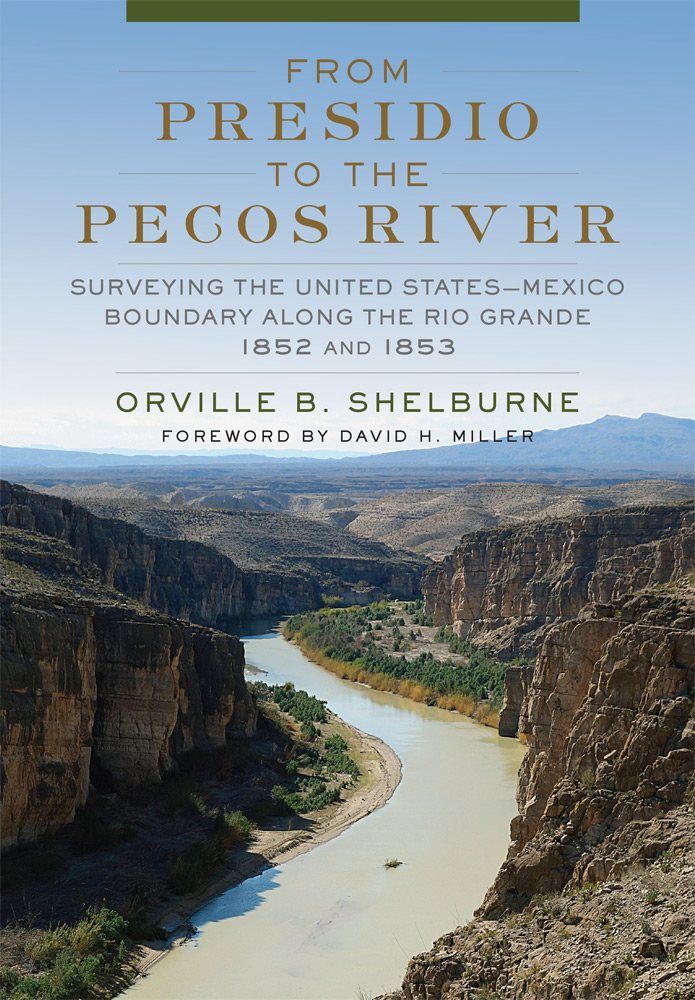



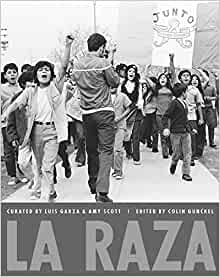
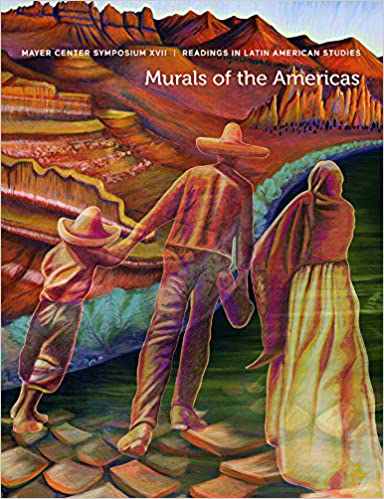
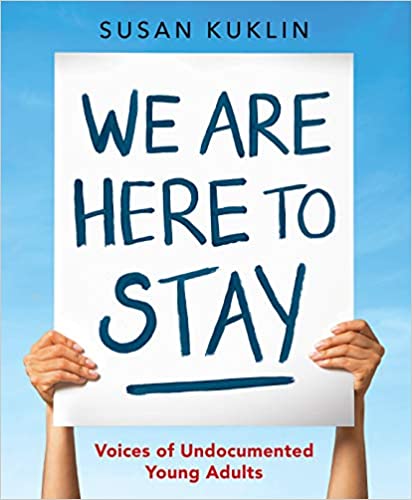

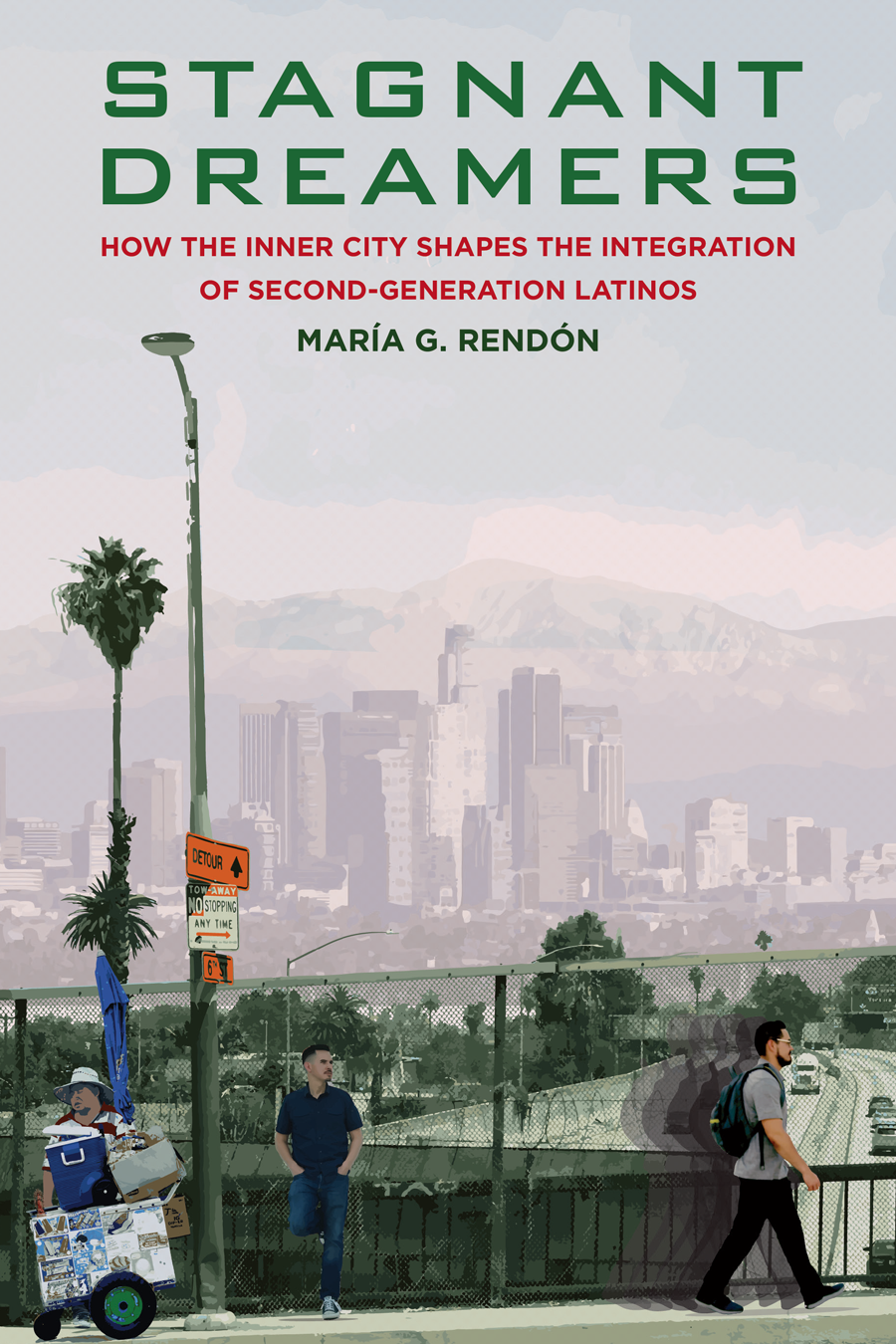

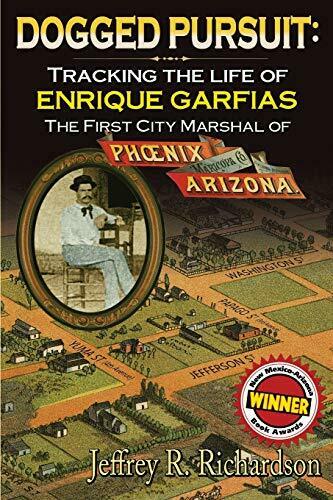
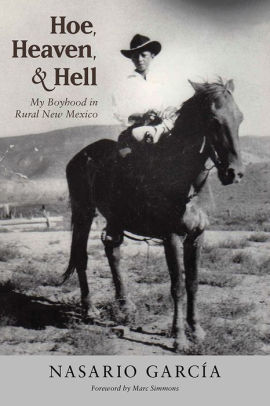
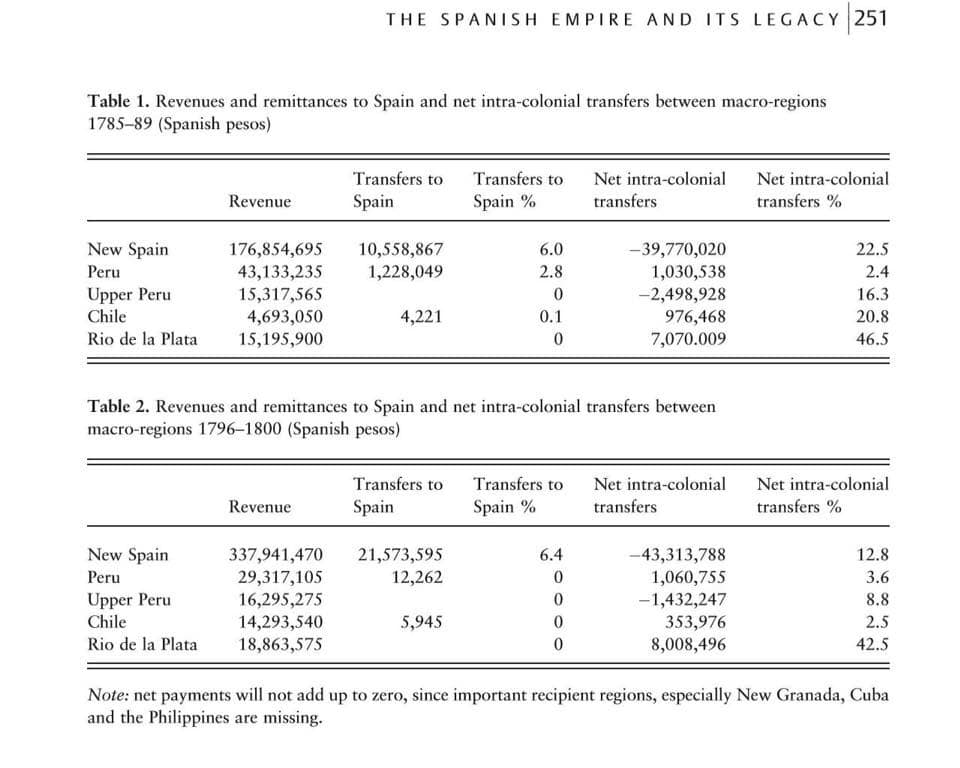
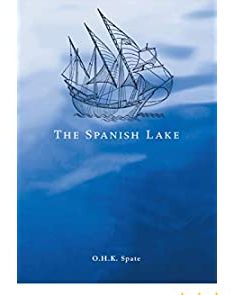

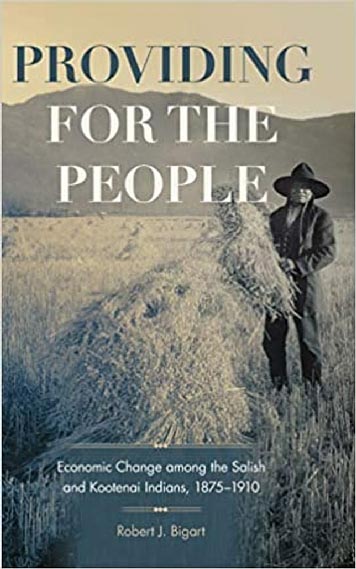

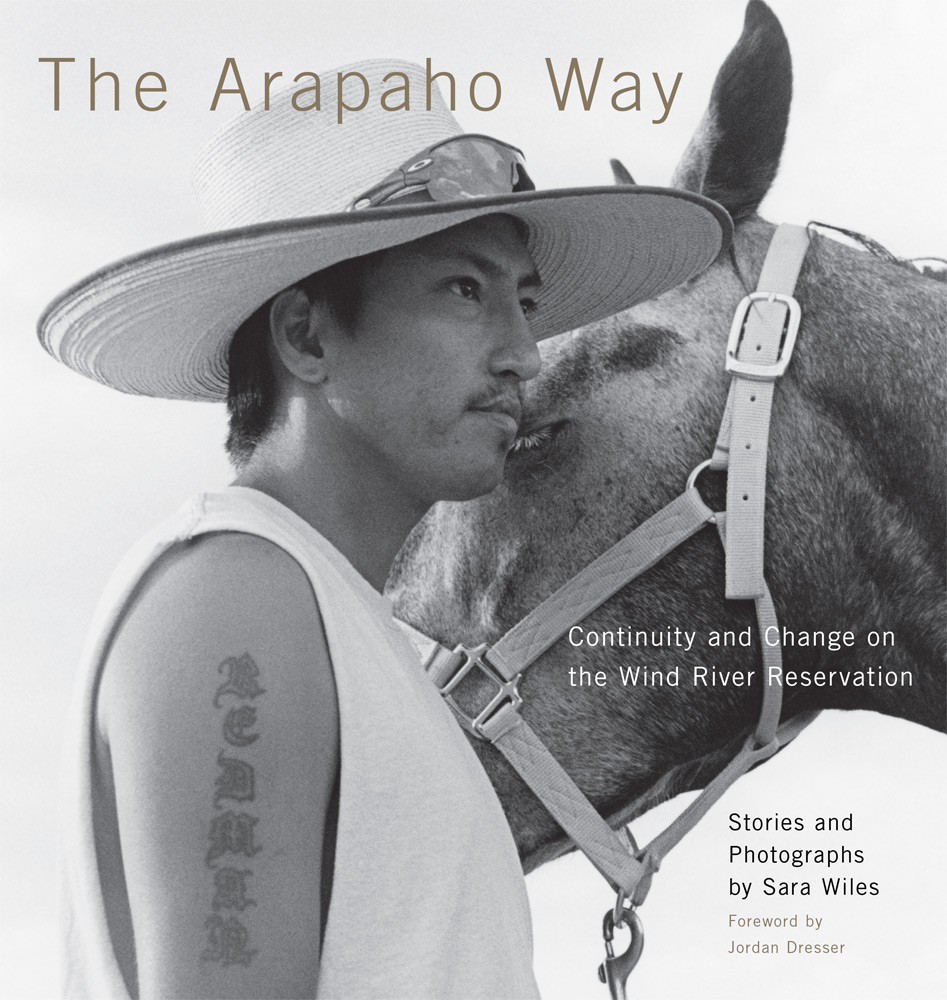







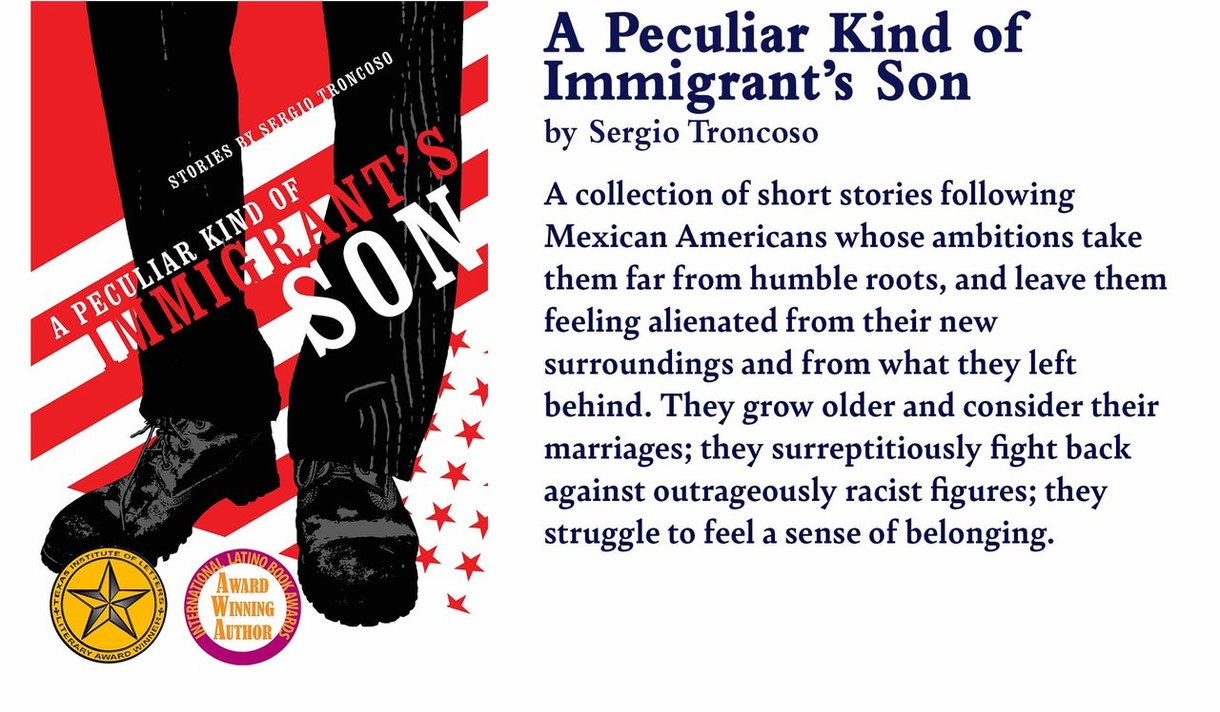
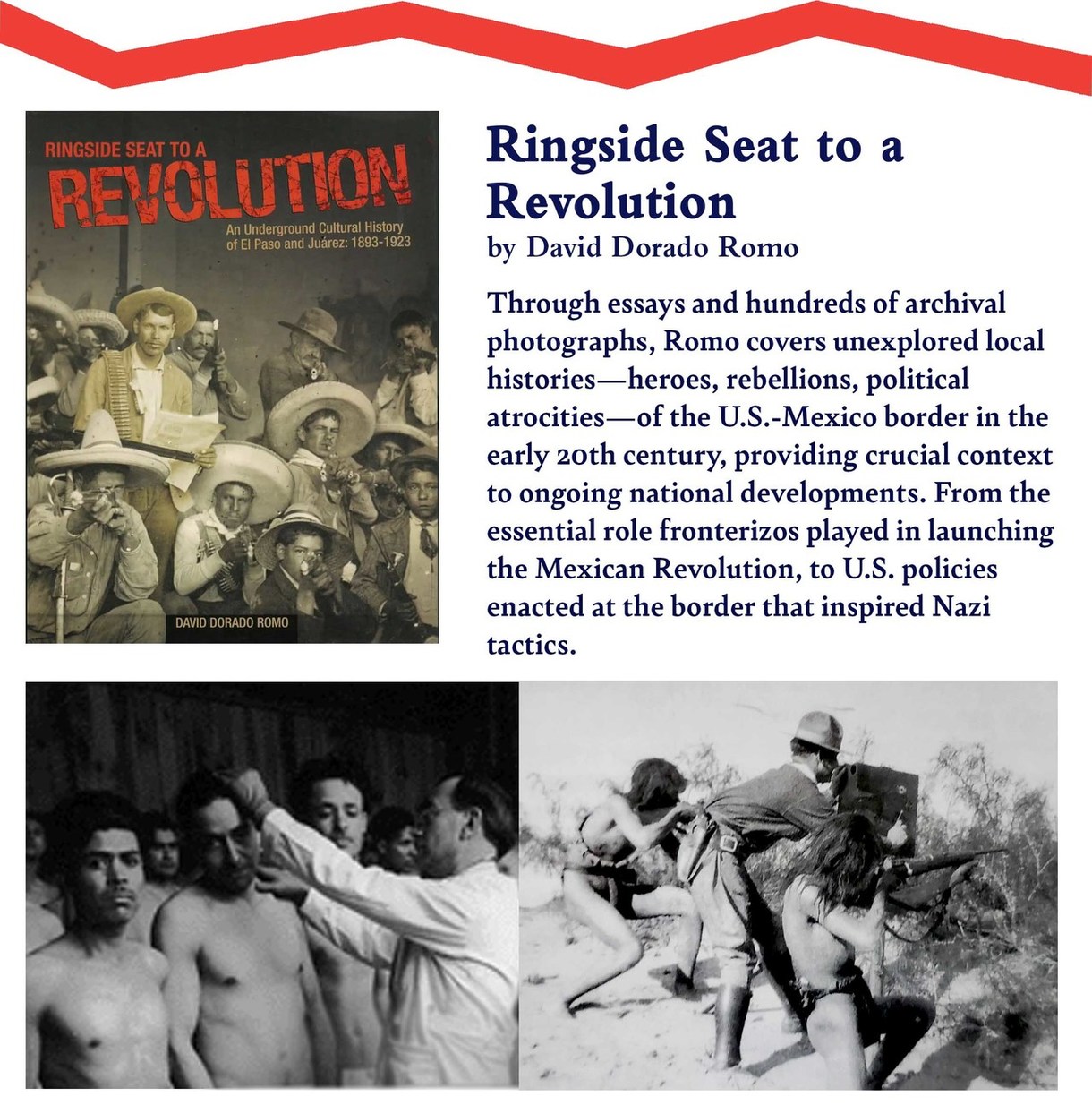

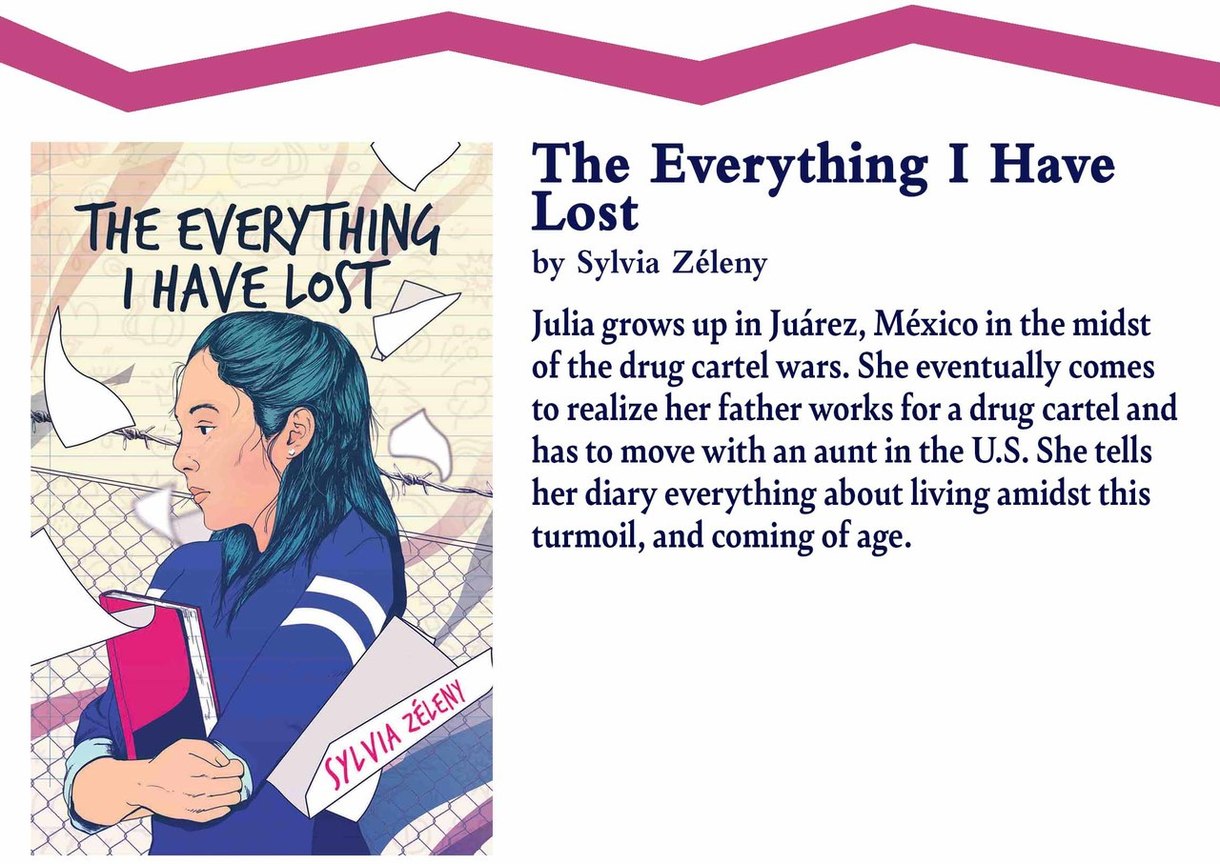
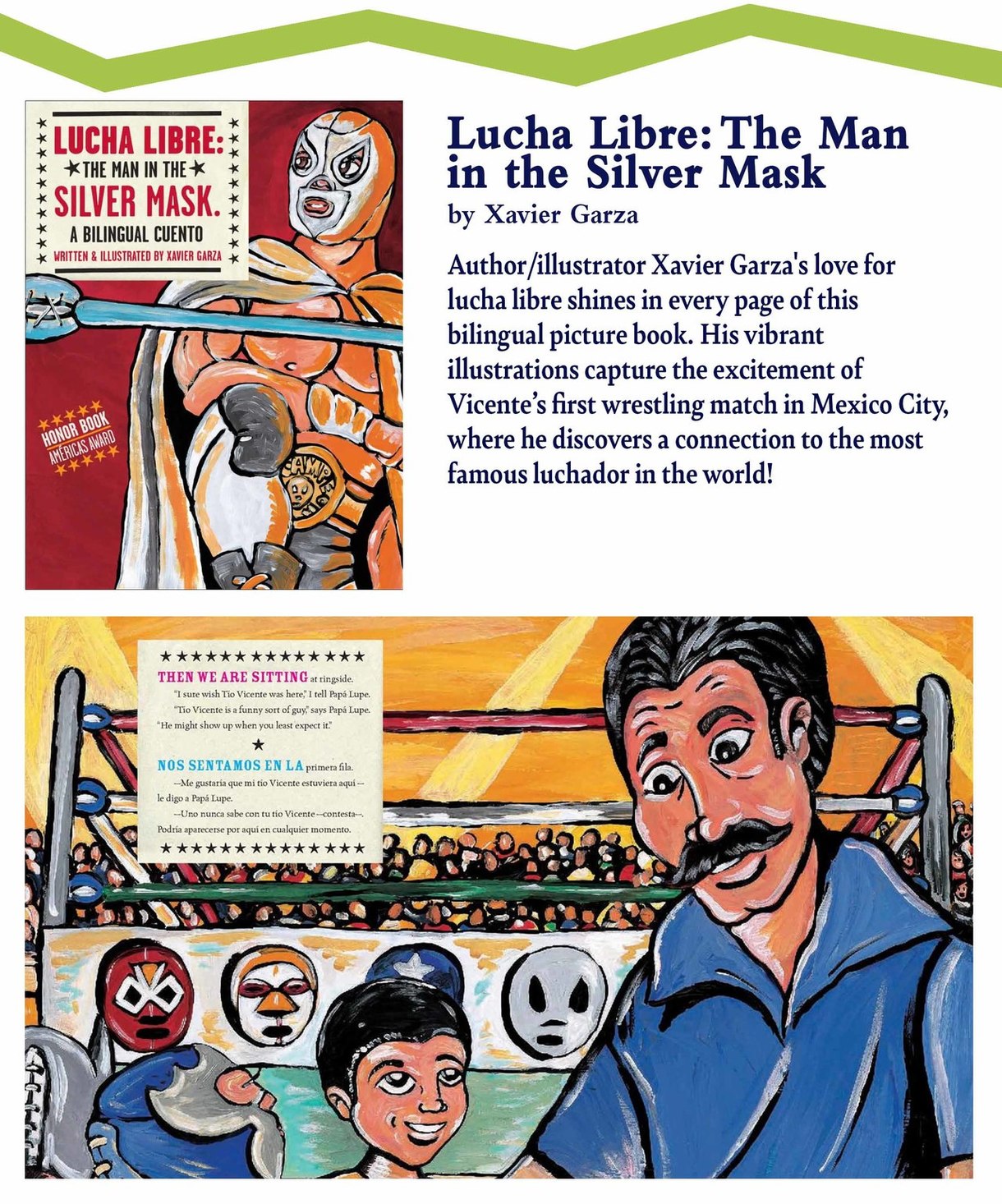
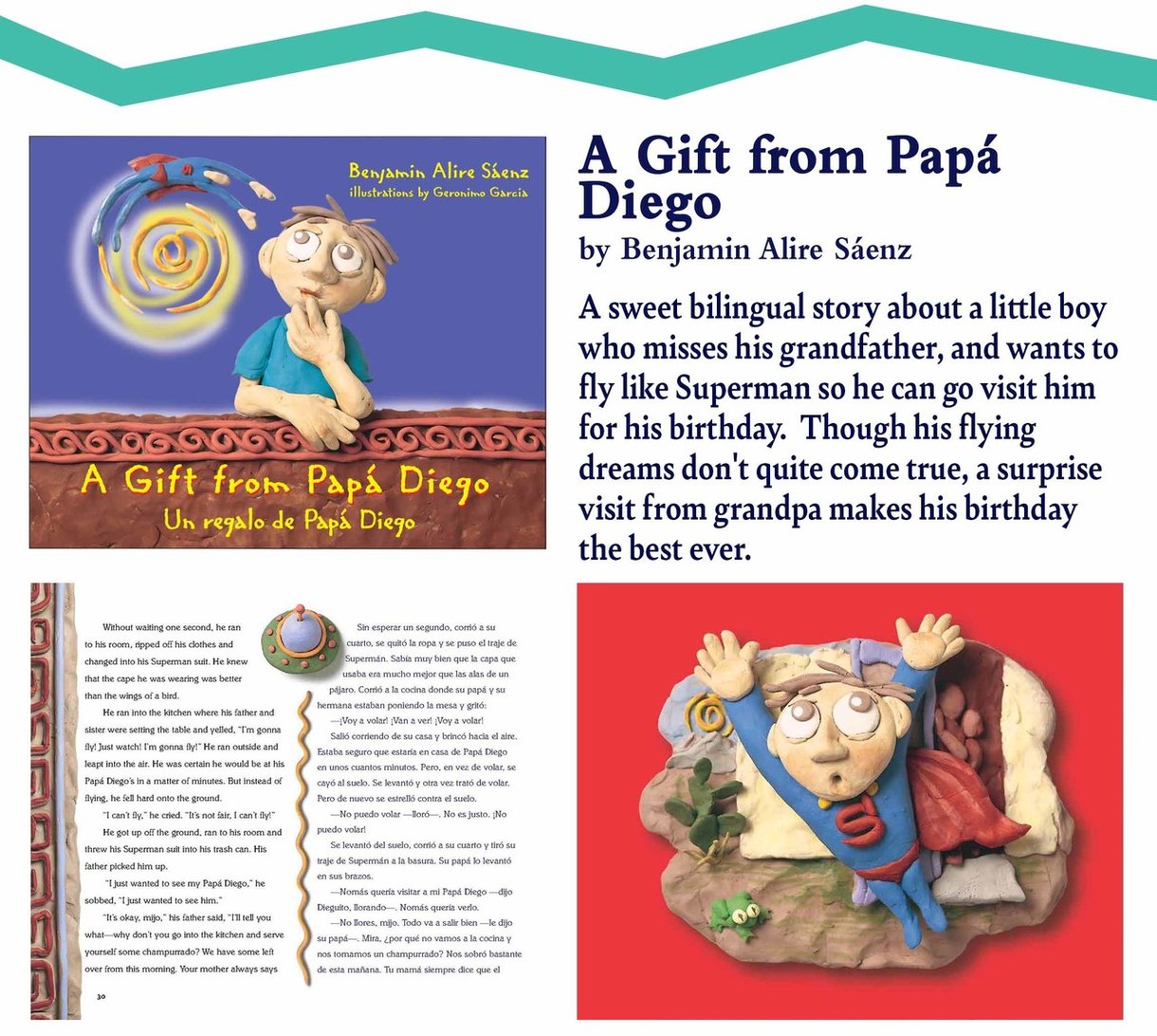


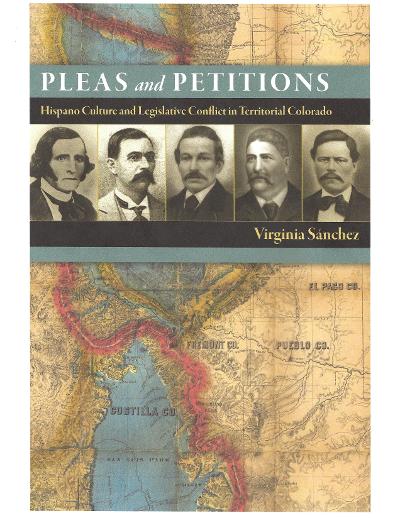


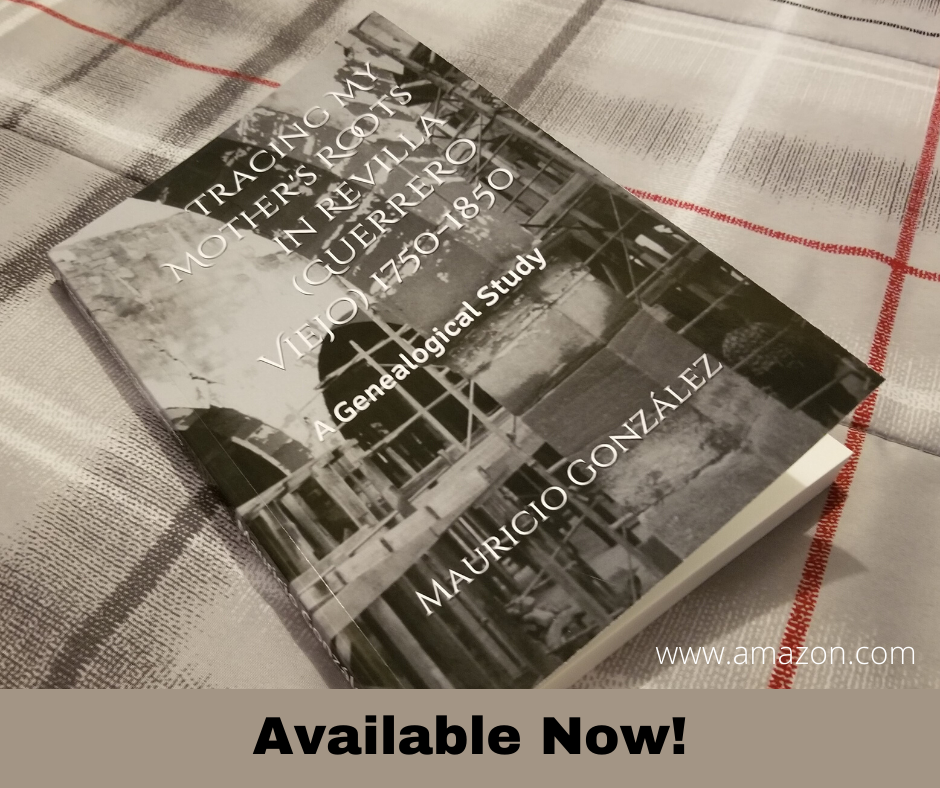
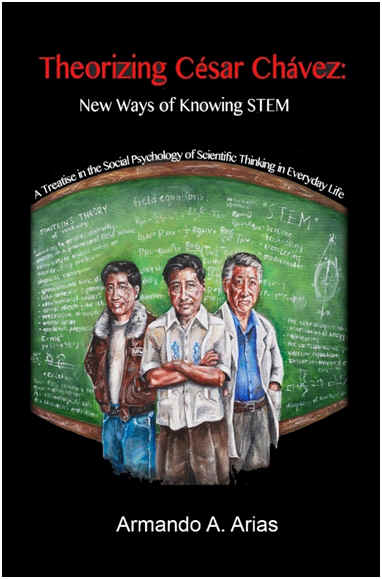
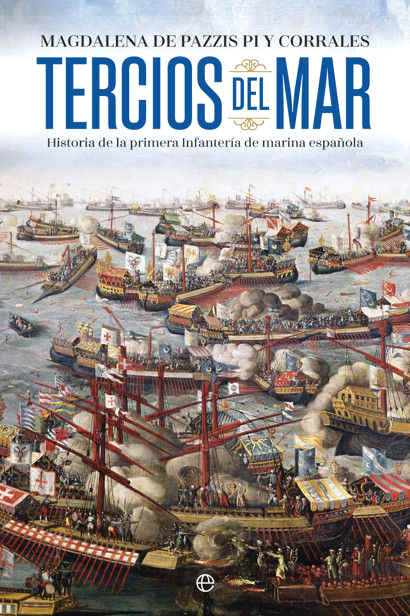




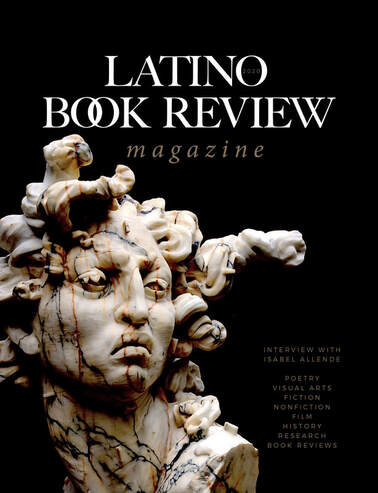
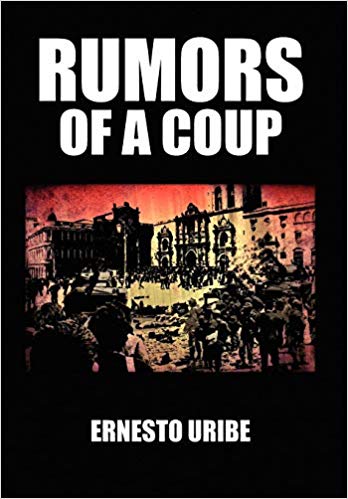
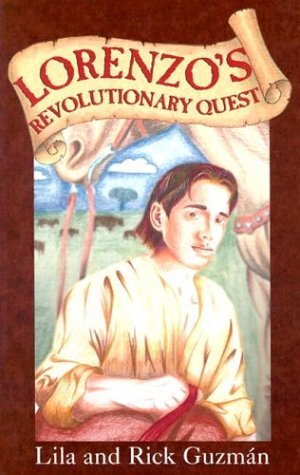

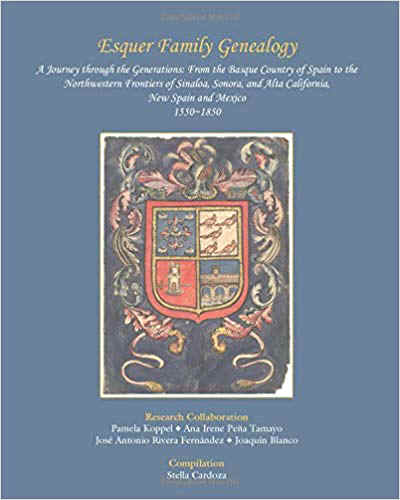


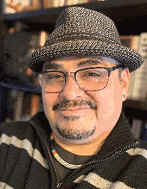 Dr.
Ernesto Todd Mireles was born and raised in the 1970s-80s in Michigan,
the northern reaches of the Xicano diaspora on la otra frontera (the
Canadian border), which is geographically embedded in the territory of
the Niswi Skoden Three Fires People. He witnessed firsthand how
devastating to a region can be the loss of jobs from dependence on a
single industry such as auto making.
Dr.
Ernesto Todd Mireles was born and raised in the 1970s-80s in Michigan,
the northern reaches of the Xicano diaspora on la otra frontera (the
Canadian border), which is geographically embedded in the territory of
the Niswi Skoden Three Fires People. He witnessed firsthand how
devastating to a region can be the loss of jobs from dependence on a
single industry such as auto making.

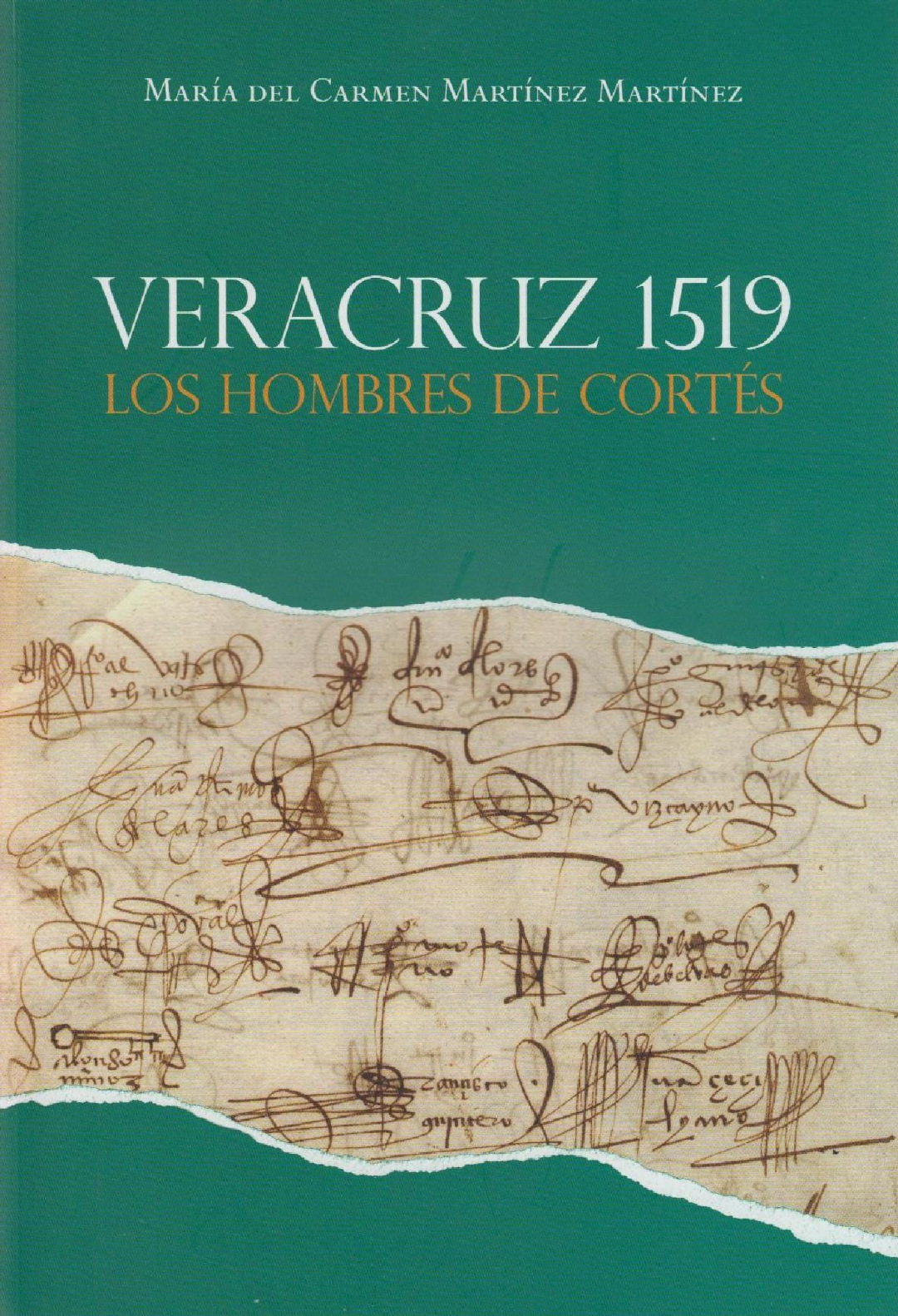
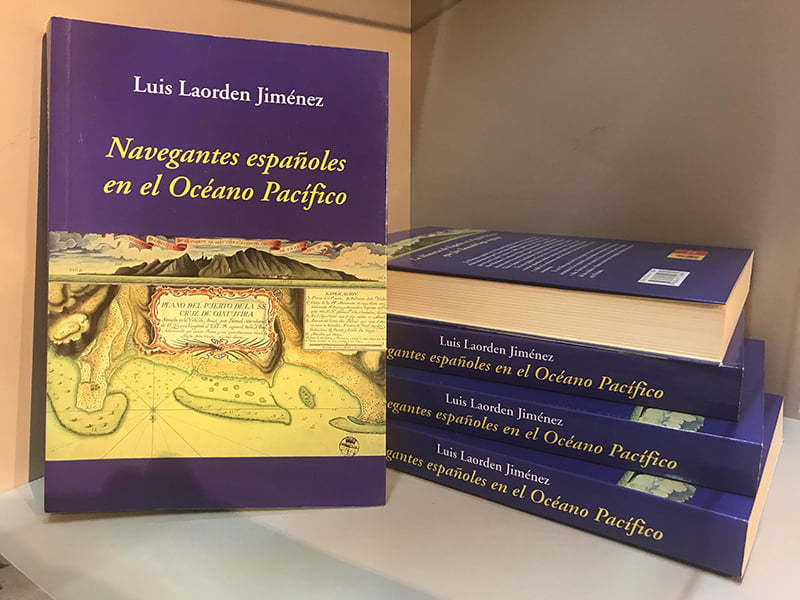
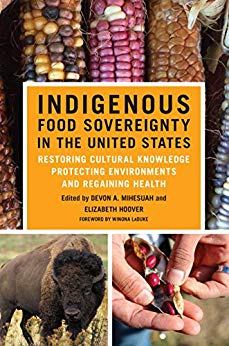
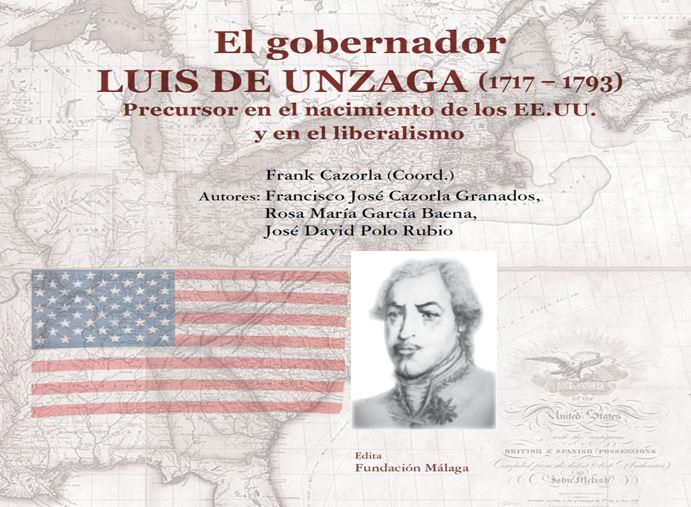
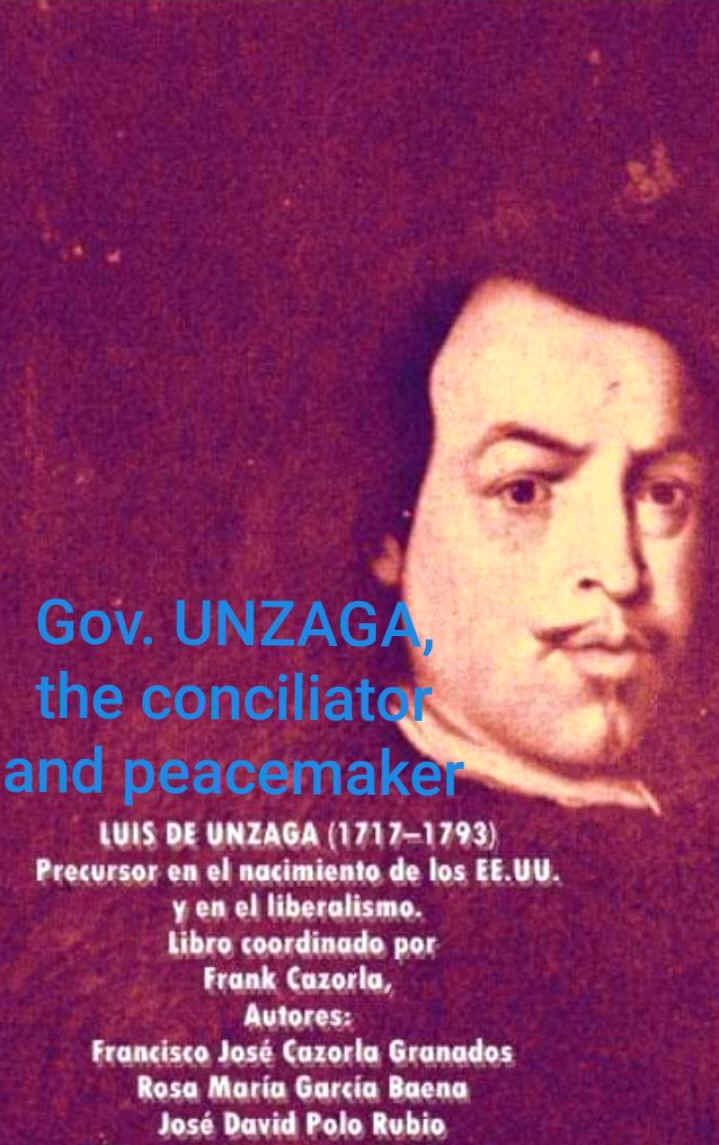 For almost ten years, under the leadership
of professor Frank Cazorla, Ph.D., a group of historians, coordinated
their researching efforts in the archives of several countries to gather
information about Luis de Unzaga, an important figure in the early
history of the United States.
For almost ten years, under the leadership
of professor Frank Cazorla, Ph.D., a group of historians, coordinated
their researching efforts in the archives of several countries to gather
information about Luis de Unzaga, an important figure in the early
history of the United States.